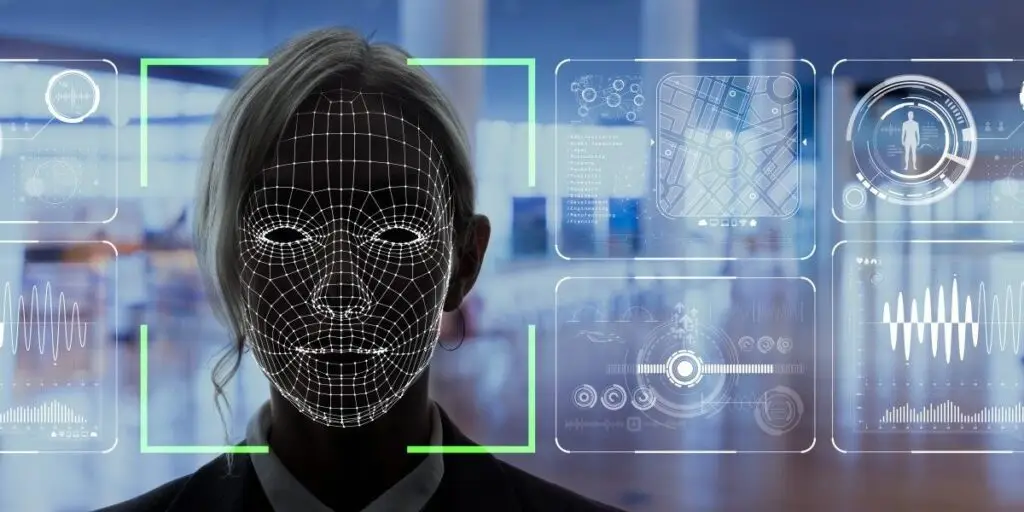Have you ever wondered how technology is advancing at an astonishing rate? With the rise of artificial intelligence (AI), everyday tasks are becoming easier and more efficient. One area where AI is truly revolutionizing the game is in emotion recognition in speech. Yes, you read that right – computers can now recognize emotions just by listening to our voices. It’s almost like they’re reading our minds! But why does this matter? In this article, I’ll delve into the world of emotion recognition in speech and discuss its impact on society. So sit back, relax, and get ready to be amazed by how far technology has come!
So, Emotion recognition in speech?
AI technology is revolutionizing the way we recognize and interpret emotions in speech. With the advancements in natural language processing and machine learning, computers are now able to analyze speech patterns and tones to accurately identify a person’s emotional state.
This has huge implications for various industries such as customer service, healthcare, education, and even law enforcement. By being able to detect emotions in real-time, AI can assist with improving communication between humans or alerting authorities of potential threats.
Moreover, this technology also allows for more personalized interactions with virtual assistants or chatbots that can adapt their responses based on the emotional state of the user. This not only enhances user experience but also creates a more human-like interaction.
However, there are ethical concerns surrounding this technology such as privacy and misuse of data. It is important for companies developing these AI systems to prioritize transparency and accountability in order to maintain trust from users.
Overall, emotion recognition in speech is just one example of how AI is changing the game and transforming our daily lives. As this technology continues to advance, it will be interesting to see how it shapes our future interactions with machines and each other.
Understanding the Basics of Emotion Recognition in Speech
Emotion recognition in speech is a fascinating field that combines psychology, linguistics, and technology. At its core, it involves the ability to identify how someone feels based on their voice alone. This can be achieved through various elements such as tone, pitch, and rhythm. For instance, when someone talks excitedly with a higher pitch and rapid tempo, they might be feeling joyful or enthusiastic. Conversely, if their voice is low and slower-paced, this could indicate sadness or fatigue. Researchers use sophisticated algorithms to analyze these vocal cues and interpret emotional states accurately.
Additionally, emotion recognition plays an essential role in enhancing human-computer interaction. Imagine speaking to your virtual assistant; it would not only understand your words but also gauge your feelings! When technology can recognize emotions like frustration or happiness from our tone of voice, it allows for more personalized responses that mirror human-like understanding. This ability opens doors for applications in mental health support systems where recognizing distress signals promptly can lead to timely interventions. As we refine these technologies further—improving accuracy—we move closer to creating machines that truly grasp the complexity of human emotions through just our voices.

Exploring the Role of AI in Identifying Emotions through Speech
Artificial Intelligence (AI) is making fascinating strides in understanding human emotions through speech. Imagine a world where your voice can reveal how you’re feeling, even before you say a word. Through advanced algorithms and pattern recognition, AI systems analyze various aspects of speech such as tone, pitch, and tempo. These elements provide clues about our emotional state. For instance, when someone speaks quickly with a higher pitch, it might indicate excitement or anxiety. Conversely, slower speech often suggests calmness or sadness. By examining these vocal patterns, AI creates profiles of emotional expressions that help us better understand ourselves and each other.
Moreover, the implications of this technology are vast and exciting!
- Therapeutic applications: Therapists could use AI to gauge their patients’ emotional states more accurately.
- Crisis management: Emergency responders could assess callers’ emotions to prioritize assistance effectively.
- User experience: Smart devices may adapt their responses based on user emotions for enhanced interaction.
This marriage between emotion detection and technology opens doors to more empathetic machines that respond in ways we truly need them to—making daily interactions richer and significantly improving communication across barriers we never thought possible!
Read also: ai voice detection
Real-life Applications and Benefits of Emotion Recognition in Speech
Emotion recognition in speech has become a fascinating area of study with practical applications that touch various aspects of our lives. Imagine walking into a room filled with people; their voices create an intricate tapestry of emotions, and understanding those feelings can enhance communication significantly. This technology can be used in customer service settings where companies analyze the tone and emotion behind customers’ words to address their needs better. By detecting frustration or happiness through voice patterns, support agents can tailor responses that resonate more deeply, fostering positive experiences.
Another compelling application lies in mental health care. Therapists can utilize this technology to gauge patients’ emotional states during conversations without relying solely on verbal cues. By recognizing shifts in tone or rhythm, they gain insights into underlying feelings such as anxiety, sadness, or joy. This deeper understanding allows for more effective therapy sessions tailored to individual needs. Additionally, it assists caregivers who monitor loved ones with conditions like dementia; by identifying changes in emotional expression over time, they can adjust approaches for better support.
Overall, harnessing emotion recognition transforms how we connect and communicate, making interactions richer and more meaningful across diverse fields.
The Future Implications and Challenges of Using AI for Emotion Recognition in Speech
As artificial intelligence continues to evolve, its ability to recognize emotions in speech brings both exciting possibilities and significant challenges. Imagine a world where technology can understand not only what we say but how we feel while saying it! AI could enhance customer service experiences by interpreting the emotional state of callers and tailoring responses accordingly. This might lead to better support for individuals dealing with anxiety or frustration, as systems would adjust their tone and pacing based on real-time feedback. However, this progress comes with important considerations; how do we ensure these algorithms are accurate? A misinterpretation could lead to misunderstandings or even unintended harm.
Moreover, there are ethical dilemmas surrounding privacy that must be addressed. People often share their thoughts in private settings without realizing they’re being analyzed by machines. Should companies disclose when they utilize emotion recognition technologies? Furthermore, the potential for misuse raises concerns about surveillance and manipulation. For instance, if organizations use this information to exploit vulnerabilities or craft targeted ads that play on our emotions, it becomes a slippery slope toward invasion of personal space. Navigating these issues will require clear guidelines and robust regulations so that society can embrace the benefits while safeguarding individual rights and dignity.
You may also like: asr ai
The Transformative Impact of AI on Emotion Recognition from Human Speech
Artificial intelligence is changing the way we understand human emotions, especially through speech. Imagine a machine that can listen to our voices and detect how we’re feeling—happy, sad, angry, or even anxious. This technology uses algorithms to pick up on subtle changes in tone or pitch that might go unnoticed by a person. By analyzing patterns in how we speak, AI can help improve communication in various fields such as mental health therapy and customer service. For instance, therapists are using these tools to gauge their patients’ emotional states more accurately during sessions, leading to better support.
Another fascinating aspect of this technology is its ability to enhance interactions in daily life. Consider how virtual assistants like Siri or Alexa could one day offer responses based not only on commands but also on your emotional state at the moment. Imagine if they recognized when you’re stressed and offered calming music instead of just answering your question! Additionally, businesses may utilize emotion recognition systems for tailoring marketing strategies by understanding consumer sentiment better than ever before. With all these advancements, it’s clear that AI’s role in recognizing emotions through speech holds great promise for transforming personal interactions and enhancing overall experiences across many domains.



